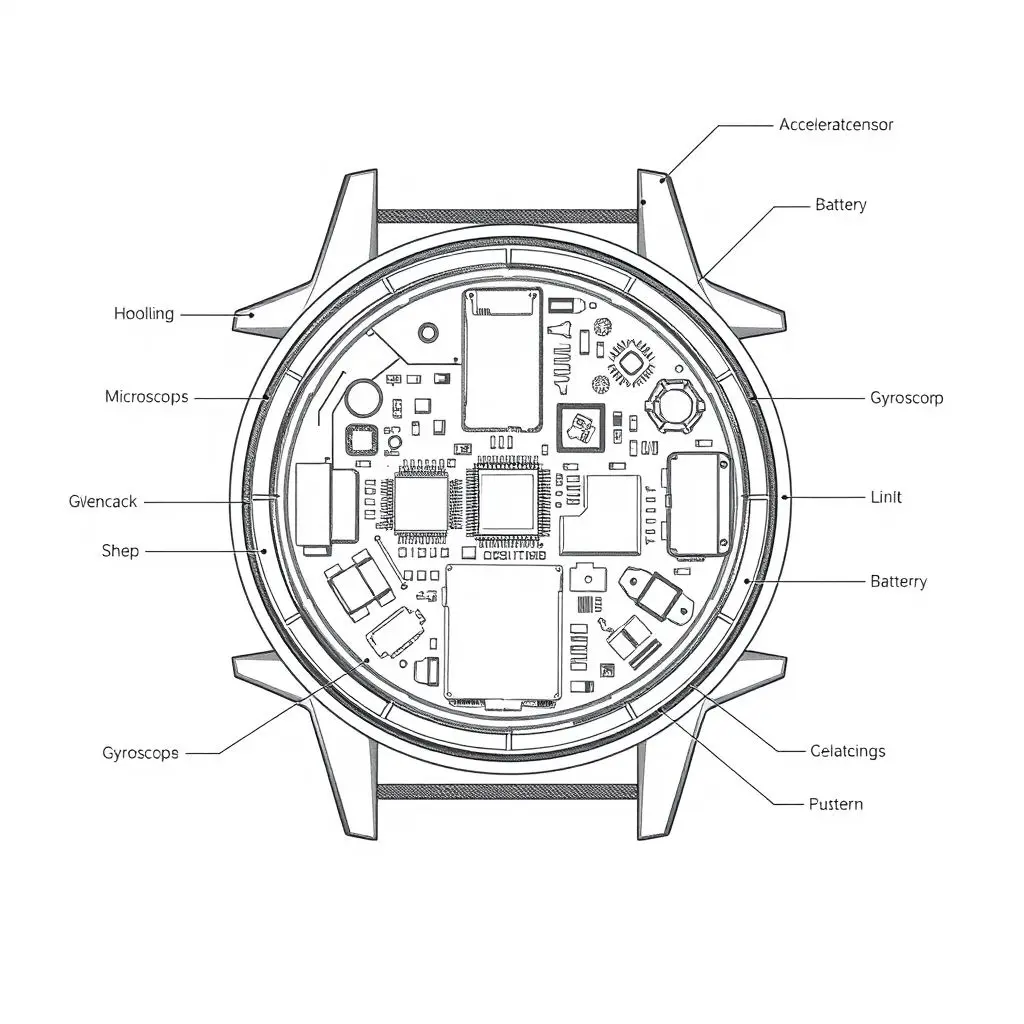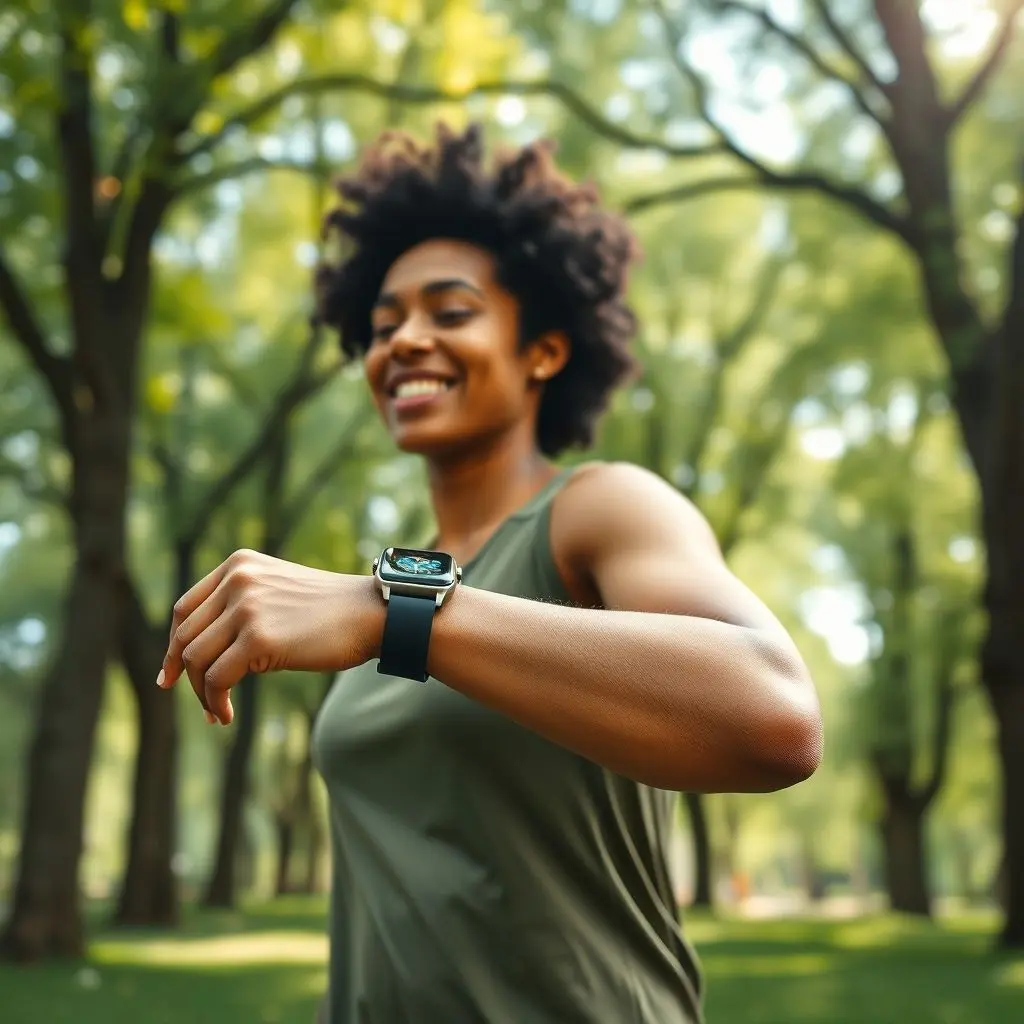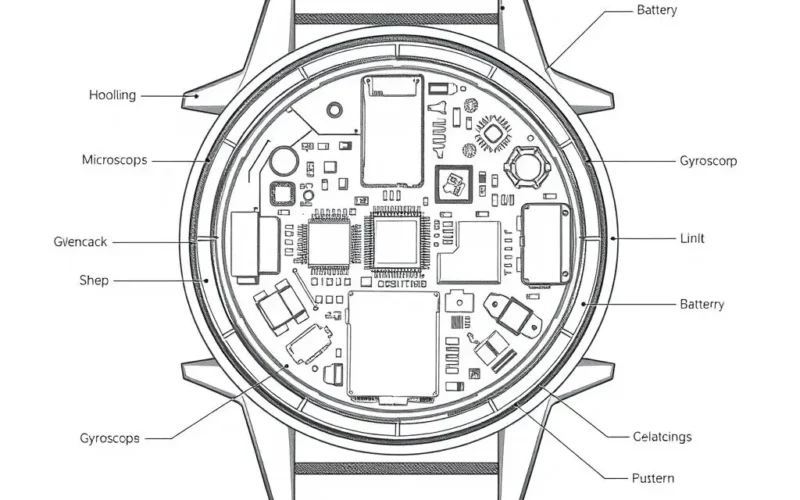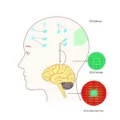That sleek piece of technology wrapped around your wrist does more than just tell time and deliver notifications. It’s constantly working to keep tabs on your physical activity, most notably, by counting your steps. Have you ever paused to wonder how that tiny computer knows when you’ve simply strolled across the room or embarked on a longer walk? It certainly feels a bit like magic, doesn’t it?
The truth is, there’s no wizardry involved, just some seriously smart engineering packed into a small space. At its core, your smartwatch relies on sophisticated sensors and intelligent software to translate your movements into a step count. Before we dive deep into the mechanics, here’s a quick visual explanation we put together:
Table of Contents
The Foundation: Tiny, Powerful Sensors
The secret sauce begins with the hardware nestled inside your smartwatch. The primary components responsible for detecting movement are:
The Accelerometer: Sensing Motion and Force
Think of the accelerometer as an incredibly sensitive detector that measures acceleration forces. These forces aren’t just about speed; they’re also about changes in speed and direction, including the force of gravity. Smartwatch accelerometers are typically 3-axis sensors, meaning they can measure movement along three dimensions: up/down (vertical), side-to-side (lateral), and forward/backward (longitudinal). When you walk, your wrist experiences subtle accelerations with each step – an upward push, a forward swing, a slight drop. The accelerometer captures these minute changes.
The Gyroscope: Understanding Orientation and Rotation
While the accelerometer handles linear motion and forces, the gyroscope complements it by measuring angular velocity or rotational movement. It helps the smartwatch understand how your wrist is rotating or changing its orientation in space. When you walk, your arm swings, causing your wrist to rotate slightly. The gyroscope detects these rotational movements. By combining data from both the accelerometer and gyroscope, the smartwatch gets a much more complete picture of your wrist’s position and how it’s moving in three-dimensional space.
Together, these sensors provide a continuous stream of data about the speed, direction, and orientation of your wrist. But this raw data alone isn’t enough to accurately count steps.

The Brains of the Operation: Sophisticated Software Algorithms
Here’s where the real intelligence comes in. A constant flood of data pours in from the sensors. This data needs to be interpreted, filtered, and analyzed to distinguish a genuine step from other random movements.
Identifying the Gait Signature
Smartwatch manufacturers develop complex algorithms designed to recognize the unique patterns associated with human locomotion – your gait. When you walk, there’s a characteristic rhythm and sequence of movements: the swing of your arm, the slight rise and fall of your body, the distinct impact felt through your limbs (and thus, your wrist) as your foot strikes the ground. These movements create a specific signature in the accelerometer and gyroscope data.
The algorithms look for this signature. They analyze the frequency, intensity, and sequence of the recorded movements. For instance, they might look for a pattern of acceleration peaks and valleys corresponding to the foot strike and lift-off, coupled with specific rotational data from the arm swing.
Filtering Out the Noise
This is a critical step. You move your wrist constantly throughout the day: gesturing while talking, typing on a keyboard, stirring coffee, brushing your teeth. The algorithms must be smart enough to differentiate these non-step movements from actual walking. They do this by identifying patterns that don’t match the gait signature and effectively filtering them out. If the movement pattern doesn’t fit the expected rhythm, frequency, and magnitude of a step, it’s ignored for the purpose of step counting.
Over time, these algorithms have become incredibly refined through machine learning and extensive testing, allowing smartwatches to achieve impressive levels of accuracy under various conditions.

Beyond the Basics: Calibration and Context
Modern smartwatches also use other data points to potentially refine step tracking or provide additional context:
- Initial Setup: Some watches ask for your height and weight during setup. While the core step count doesn’t *directly* use this for detecting a step, this information is crucial for estimating stride length and thereby calculating distance traveled based on your step count.
- GPS Data: If an outdoor walk or run is detected and GPS is active, the watch can use GPS data to measure actual distance covered. This distance can then be compared against the distance estimated by the step count (using your estimated or measured stride length) and potentially help calibrate the algorithms over time for better accuracy tailored to your specific gait.
- Barometer: Many smartwatches include a barometer to measure atmospheric pressure. Changes in pressure indicate changes in elevation. This is primarily used to count climbed stairs or floors, a related but distinct activity from horizontal step counting.
While these additional sensors and data points enhance the overall activity tracking experience, the fundamental detection of a step still relies primarily on the accelerometer and gyroscope data processed by sophisticated algorithms.

Why Step Counts Can Sometimes Differ
Even with advanced technology, step counts aren’t always perfectly consistent between devices or even on the same device on different days. Several factors can influence accuracy:
- Placement: Smartwatches are designed to be worn on the wrist. Wearing them elsewhere (like on an ankle) or loosely can significantly impact sensor readings.
- Movement Type: Activities that involve significant arm movement without stepping (like playing drums, washing dishes vigorously, or even typing) can sometimes be misinterpreted as steps, leading to slight overcounting. Conversely, activities where your arm is stationary while you step (like pushing a heavy trolley or holding onto a railing) might lead to undercounting.
- Gait Variation: Your walking style can change depending on your speed, the surface you’re walking on (treadmill vs. trail vs. sand), or if you’re carrying something. Algorithms are robust but can be challenged by extreme variations.
- Device and Algorithm Differences: Different manufacturers use different sensors and, more importantly, different proprietary algorithms. This is a major reason why step counts can vary between brands or even models.
- Software Updates: Manufacturers constantly refine their algorithms through software updates to improve accuracy.
It’s generally best to view your smartwatch step count as a highly reliable estimate and a valuable tool for tracking trends and monitoring your activity levels, rather than an absolute, perfectly precise number.

Frequently Asked Questions About Smartwatch Step Tracking
Let’s touch on a few common queries:
Q: How accurate are smartwatch step counts?
A: Generally, quite accurate for typical walking, often within 5-10% of the actual count. Accuracy can be impacted by factors like movement type, wrist placement, and differences in algorithms between devices. They are excellent for tracking relative progress and overall activity levels.
Q: Can my smartwatch count steps if my phone is not with me?
A: Yes, absolutely! The sensors and processing are contained within the smartwatch itself. It tracks your steps independently and then syncs the data to your phone’s app later when they are connected.
Q: Does wearing the watch on a specific wrist matter?
A: Not usually for modern smartwatches. Their algorithms are typically designed to work regardless of which wrist you wear them on, by analyzing the direction and pattern of movement.
Q: How does the watch know the difference between walking and running?
A: Running involves a different gait signature – typically higher impact forces, faster frequency, and a distinct acceleration pattern compared to walking. Algorithms are trained to recognize these differences and categorize the activity accordingly, which is important for metrics like pace and calorie burn.
Q: Does pushing a stroller or shopping cart affect step counting?
A: Yes, it can. If your wrist holding the stroller/cart handle is relatively still while your legs are moving, the watch’s sensors might not detect the characteristic arm swing and impact patterns associated with a step, potentially leading to undercounting for that period.
Stepping Forward with Tech
So, the next time you glance at your smartwatch and see your step count ticking up, remember it’s a fascinating interplay of miniature hardware detecting nuanced movements and sophisticated software interpreting those movements based on learned patterns. It’s a testament to how far personal technology has come, turning complex physical actions into digestible data to help us stay active and informed about our bodies.
If delving into the ‘how’ behind your daily steps has enlightened you about the tech you wear, consider sharing this knowledge! And for more explorations into the hidden workings of everyday gadgets, stick around.




